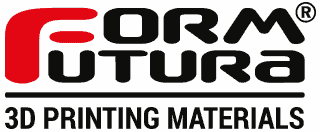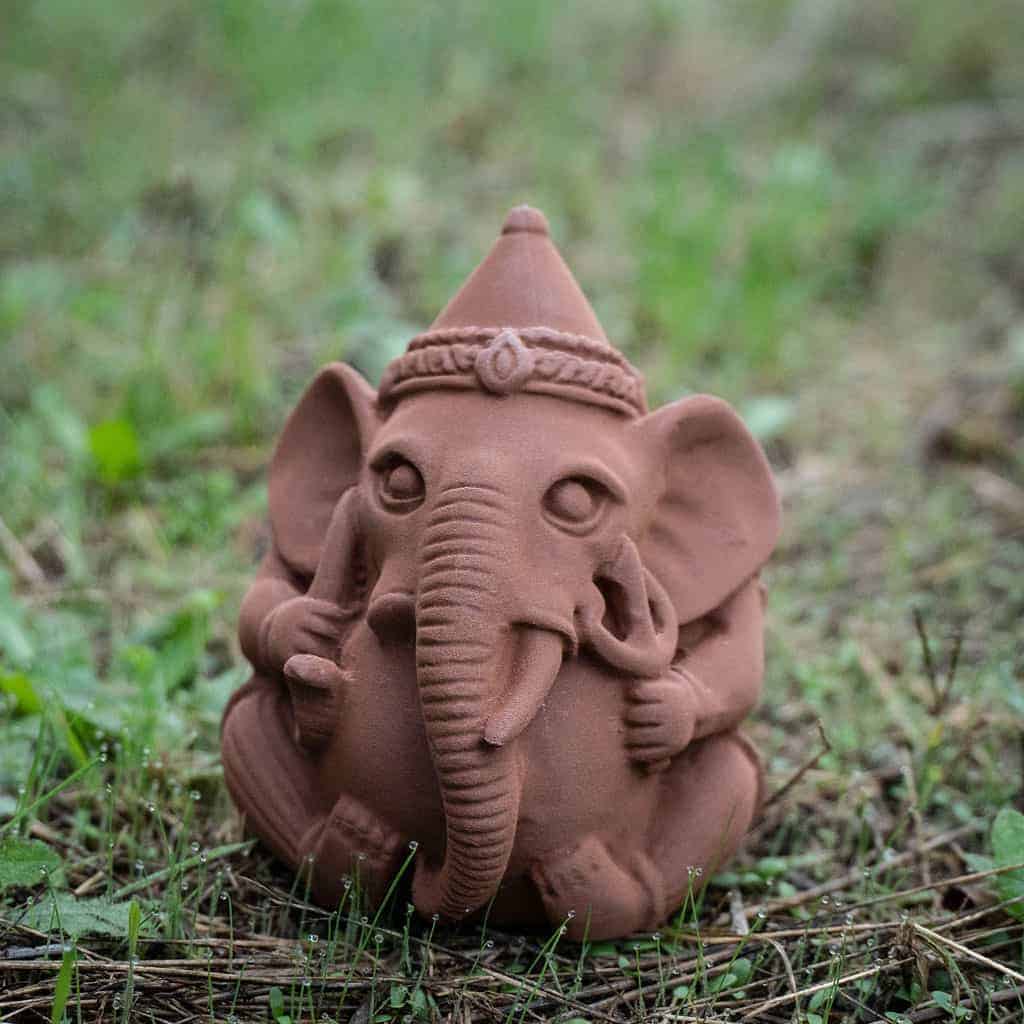Being filled with around 80% copper or bronze powder makes MetalFil PLA filament a very unique filament. While it does print relatively easily because of the PLA filament components, MetalFil, like most filaments does come with its own challenges.
Getting the right temperature
While MetalFil is designed for aesthetic purposes and is not known for electric conductivity. It is important to note that something like heat creep can still occur with this filament. This means that the heat from your nozzle can potentially conduct the heat past the heat break of your nozzle due to the high amount of metal particles in the filament. Because of this, we recommend starting your printing of MetalFil at a nozzle temperature of 200 to 210, and not going over 220. Printing hotter than this will most likely result in heat creep to your cold zone, which after a while can cause clogging.
Using the right nozzle
Before you begin printing MetalFil, you must ensure that you are not using a standard Brass nozzle. Being an abrasive material, MetalFil will cause such a nozzle to deteriorate, resulting in poor quality prints over time.
The nozzle size and layer height are also something to be aware of when printing MetalFil. While 0.4 diameter nozzles are the standard and can be used for printing MetalFil, we recommend not going under 0.2 layer height. Many people prefer to use 0.6 nozzles or higher as these will offer the most consistency for larger prints.
While there is a set distance between your nozzle and build plate that you should generally stick to, we have found that if you are still somehow experiencing clogging issues or sub-optimal extrusion it can help to slightly increase this distance. Being a very rough material, MetalFil will need plenty of room to extrude upon your build plate.
Gentle handling
Being a composite material, the filament wire can be quite fragile. Adjusting the tension on your feeder and keeping both the retraction distance and speed is key to achieving flow consistency. The general printing speed that we recommend for this filament is 30mm/s. In addition, if you are experiencing brittleness with this filament the best way to resolve this will be to dry the filament at 45 degrees Celcius for at least 4 hours.
Final tip
Even after finding the right settings for your printer, it is still possible that you will run into moments where there is under extrusion during printing. This is because no matter the settings you have achieved, the filament is still a composite material. Meaning that some metal particles can still slowly build up in your nozzle. Cleaning your nozzle regularly by running some regular PLA or cleaning filament through is still highly recommended

